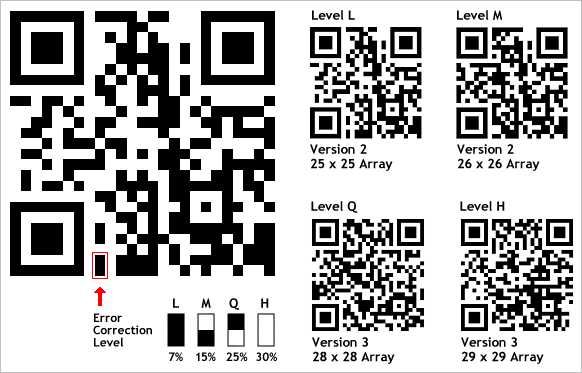As long as people do business, there’ll be a need for business cards. We already established that they are not going anywhere any time soon. With that said, as long as we use smartphones in our daily routine, implementing a QR code on business cards is just too practical and convenient, to be ignored.
Since the cost of implementing QR codes on your marketing material is next to nothing, the ROI is potentially huge. The only thing left considering is how to seamlessly include the QR code into your design. The goal is, of course, to complement the looks of the business card and provide added value to your potential partners.
Before we start with the QR code design tweaks, we recommend you check out 7 Rules For Designing Business Cards that we covered.
How to implement QR Codes in your business card design?
Let’s get to the point now. Look at the QR code as a design element and a tool that gives your business card a complete look and feel. These are the guidelines to consider when designing and implementing QR Codes in your business cards and any marketing material in fact:
- Position:
Appropriate positioning of the QR Code should catch attention immediately. Standard QR codes can be read from any angle, especially if they do not contain too much data. There should be no issue in finding the place for them, as long as they fit into the design as a subtle element. QR Codes should be placed in a visible place; avoid any areas close to the edges. - QR code size:
QR Code size and complexity depend of two factors: type and amount of data in the object (URL, SMS, phone number, etc.), and level of error correction that can be set to 7 percent – Level L, 15 percent – Level M, 25 percent – Level Q or a maximum 30 percent – Level H. Level M (15%) is most commonly used.
The amount of data is determined by these variables. White space around your QR Code makes it more readable when compressed into smaller areas (like print on your business card), or when scanning from a distance (like a billboard).
- QR Code Color Rules:
QR Codes don’t need to be standard black and white in order to be read efficiently. As long as there is sufficient contrast (at least 55 percent between the two colors), you can adapt the colors to your branding and truly improve this offline-to-online transition for your partners.

• QR Code Quiet Zone:
This is the area around the QR code but still defined as a part of it. The quiet zone should be calculated in the size and design layout and it’s approximately equal to the width of two to four modules around all four sides of the QR Code.

Pro tip: Test the quiet zone before your final design.
How well-implemented QR Codes to business cards can make a huge difference
Incorporating a QR code to your design gives your business card value on several levels. The fact it can significantly improve the looks of it, aside, it shows you are willing to go an extra mile to be reachable by your partners. The first impression – checked. Here is why else you should utilize them:
- Endless usability – You can use it anywhere. Every surface is potentially suitable to hold an entrance to your online presence. Memos, emails, business cards, messages of billboards. Your creativity is the limit here.

- Editable information with easy access – A simple URL is all the data that QR code could carry. An URL to your page that is filled with information that can help your business partners reach you, learn about you and make a contact.
- Functionality backed design – assuming the implementation of the QR code into your design is done impeccably, it can motivate people to scan it, making your info easy to remember and save.
Implementing a QR code into your business card design brings value to your business and possibly ahead start. Aesthetics is important of course, but the business card should primarily provide information and convert potential partners. The design should not be overwhelming. Clean and simple layout with well-combined design elements will get the job done in most cases.






